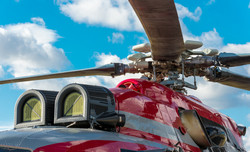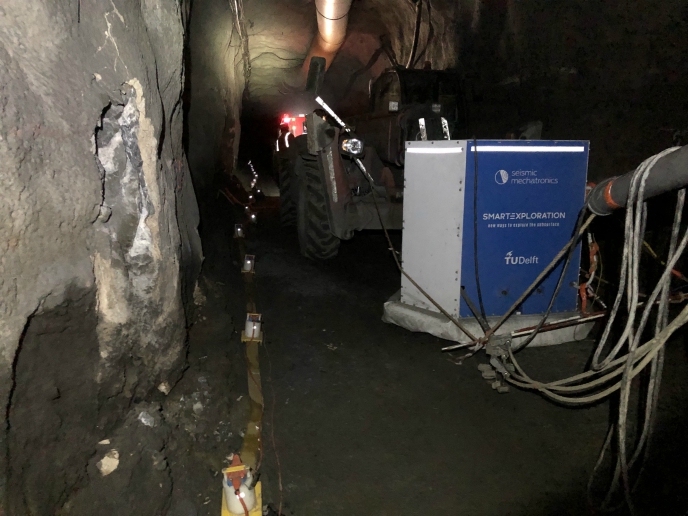A plan for helicopter drag reduction
The rotor hub is one of the major contributors to the aerodynamic drag of a helicopter, affecting range, performance and fuel consumption. Roughly one third of the total drag is attributed to the rotor hub. Its position inside the accelerated air flow above and its proximity to the fuselage are only some of the factors increasing the drag of the hub. The EU-funded project CARD (Contribution to analysis of rotor hub drag reduction) was dedicated to its reduction based on both computational and experimental investigations of reduced scale models. The ultimate aim was to evaluate the effectiveness of shape optimisation as well as of techniques for boundary layer control. Project efforts involved the application of computational fluid dynamics (CFD). The CFD simulations were complemented by wind tunnel testing of a five-bladed, scaled helicopter model. The model was designed and manufactured to examine the influence of hub and blade sleeve fairing geometries as well as rotor cap shapes on aerodynamic loads. Three different rotor caps, two hub fairings and three alternative blade sleeve fairings were produced to make comparisons between their associated drag characteristics. The test programme included measurement of loads on the complete model and the rotor head. Velocity vectors were measured for different pitch and sideslip angles using PIV. Flow-field surveys allowed CARD researchers to derive some physical interpretation of the results and more generally usable information. This information will be utilised in the design of future helicopters with improved aerodynamic performance that will lead to a reduction in fuel consumption and the noise generated. Moreover, the European community will be offered a better living environment.







